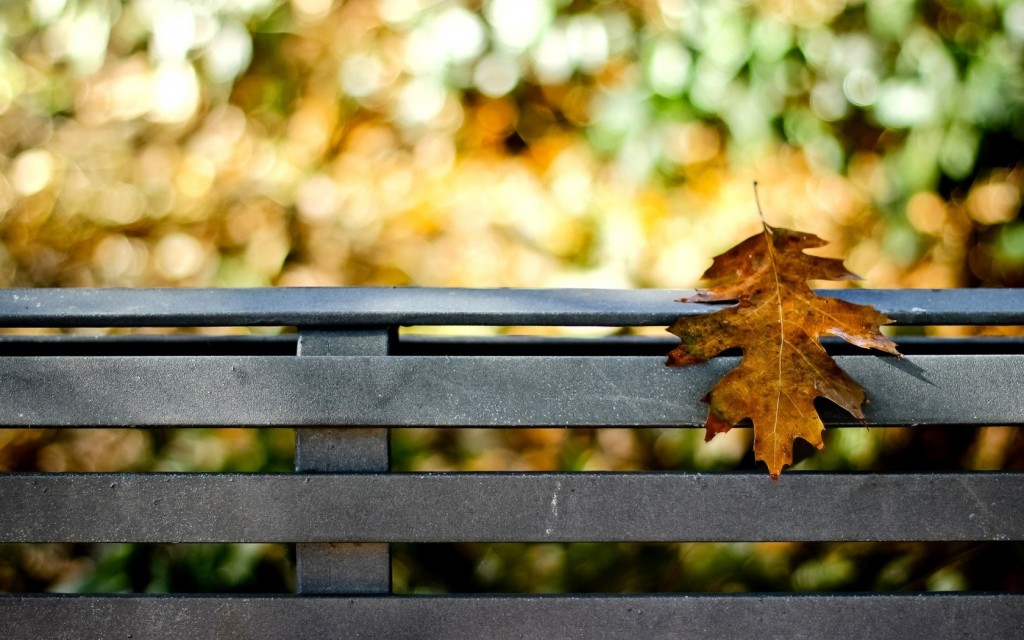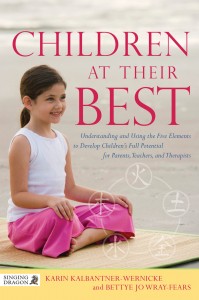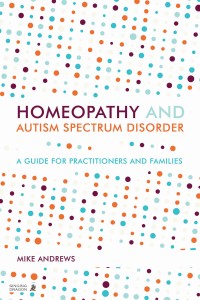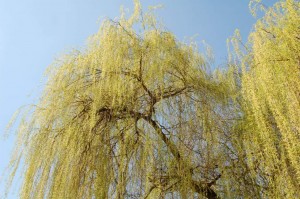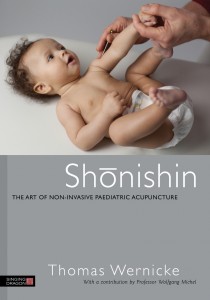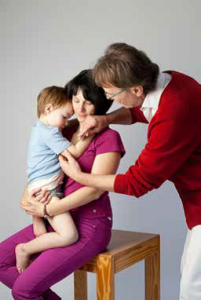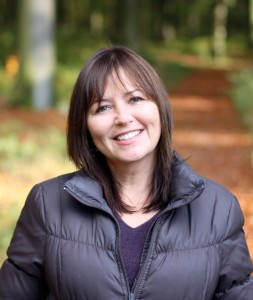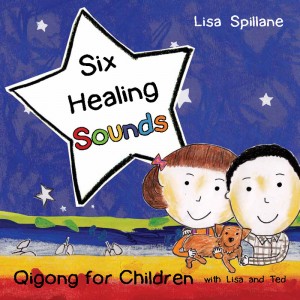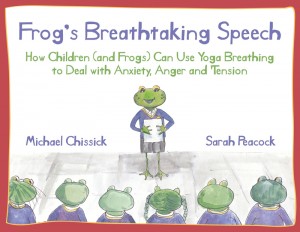Welcome back to the monthly series of stimulating Five Element activities that can support development of children in all ages! If this is your first time reading our blog, you can go back to our first entry in May to view the WOOD Element activities. All of the blogs can be downloaded in a pdf format by clicking on the link at the end of this article so that you can enjoy making your own notebook of Five Element exercises for each month and season of the year.
 Brrrr… Winter winds and frosty mornings bring the natural contraction of our muscles and bodies to conserve our energy and find a warm cozy place to warm our hands and feet. Winter represents the Element of Water, the source of our life energy and keeper of our reservoirs. All around us nature shows us that earth has her natural cycle of decline and rest in the winter season, with the hibernation of the animals and foliage in snowy lands, and the decline of growth and fruits in the tropical regions. Winter shows us the two sides of the life force through its pure, silencing, stillness that takes us deep into our unconscious minds and souls, to the raging power of a glacier or iceberg cutting through the earth and leaving its imprint for all of life to spring forth from.
Brrrr… Winter winds and frosty mornings bring the natural contraction of our muscles and bodies to conserve our energy and find a warm cozy place to warm our hands and feet. Winter represents the Element of Water, the source of our life energy and keeper of our reservoirs. All around us nature shows us that earth has her natural cycle of decline and rest in the winter season, with the hibernation of the animals and foliage in snowy lands, and the decline of growth and fruits in the tropical regions. Winter shows us the two sides of the life force through its pure, silencing, stillness that takes us deep into our unconscious minds and souls, to the raging power of a glacier or iceberg cutting through the earth and leaving its imprint for all of life to spring forth from.
The Water Element provides the same instincts to our bodies, minds, and spirit as it gives expression to our need and capacity for rest, relaxation and rejuvenation. This inward movement is what cultivates the resources of our energy and reserves for all growth and development in our lives. In children, the Water Element is most obvious when they express a whiny, cranky hour where we know they need a nap, or quiet time to allow their bodies to integrate a busy or exciting day. Some children will just quietly disappear to a resting spot or activity on their own, while others might show bursts of energy until they drop suddenly into a sleep. And then there are those children that seem to have an endless, steadfast flow of energy, with no peaks or valleys, just a consistent capacity to move from one activity to another…
Respecting and sensing the natural rhythm of our children’s life force and need for rest is important, as it builds the foundation of one’s ability to relax and rest in life. The following exercises are examples of some winter/Water Element activities that can be enjoyed with a family, group, or one on one with a child.
Calm Water
Supplies: a lot of newspaper and a little bell (or jingle bells found at Christmas time)
If working with a group or family, everyone but one person lays down on their stomach, while the person/child left standing covers everyone with newspaper sheets from head to toe. The individuals lying down have to remain perfectly still, not moving the paper or making a sound. The person left standing silently walks around trying to surprise the quiet still ones with a sound or stomp, giving lots of room for those lying down to listen sharply and be very still for the approaching noise maker! After this fun and anticipating game, the person left standing rings the bell and everyone jumps up shaking the paper sheets off their bodies. The person with the bell chooses the next person to be the bell keeper and the game can begin again.
Getting Taller
Divide everyone in the group into pairs, and have one partner face the back of the other partner. The person facing the back of their partner asks them, what kind of rain they want to fall on their back; a soft spring rain, powerful summer thunder storm, or gentle snow falling down. The rain maker then makes a soft, loose fist, or flexible fingertips, and taps down the back on the right and left side of the spine, all the way down to the feet (the Bladder Meridian in the Water Element). It is important to always start from the top and tap down toward the feet, like the rain or snow falling down the body. Repeat 2 times, and always start from the top again. When done raining, “dry” the back with flat hands down the back from shoulders to feet, and then change roles.
This is also fun, if a group stands in a line and everyone behind the other in the line tries to do this at the same time, then reverse the direction of the line.
Click this link to download this article.
For more information about the Five Elements and the way they can support child development, read Children at Their Best: Understanding and Using the Five Elements to Develop Children’s Full Potential for Parents, Teachers, and Therapists released in 2014 with Singing Dragon.
